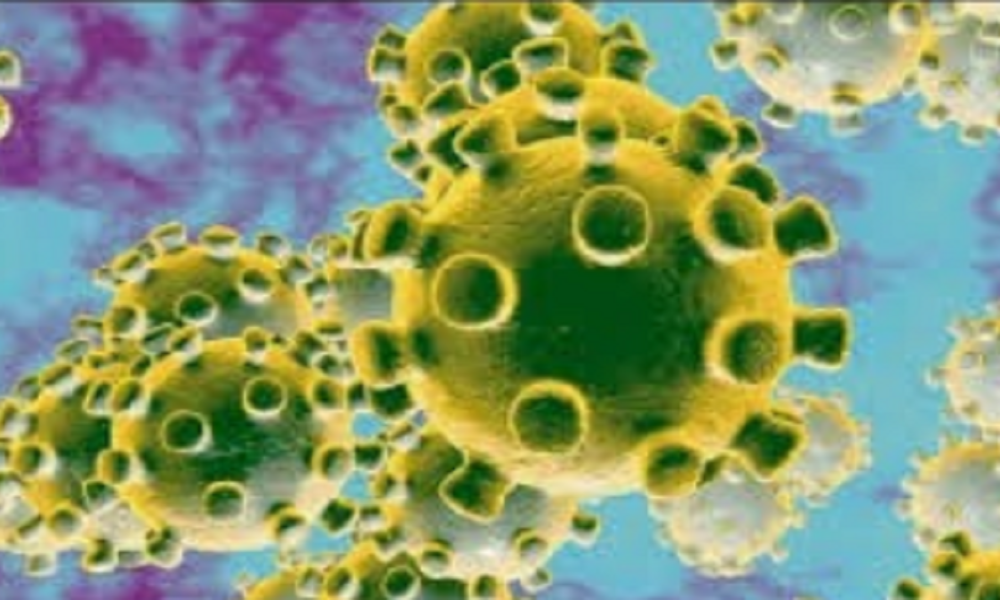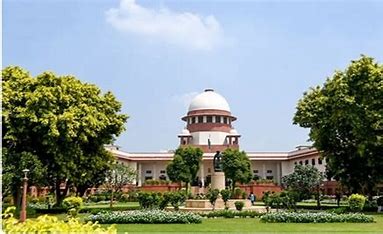Almost half a million Covid-19 cases have come up in India ever since the pandemic began. A total of 2,85,637 patients have recovered as well, taking the recovery rate to 58.24%, as per the Union Health Ministry figures. Have you ever wondered how do doctors identify Covid-19 symptoms and treat patients?
Some of the major red flags of Covid-19 are:
• Fever (high grade) is rising even after the seventh consecutive day
• Biphasic fever — second phase can be the start of cytokine storm (where the body starts to attack its own cells and tissues)
• Watch out for Respiratory Rate (RR) that is fast breathing and Sp02 or oxygen saturation which is an early sign of a deteriorating condition. Sp02 is a measure of the amount of oxygencarrying hemoglobin in the blood comparative to the amount of hemoglobin not carrying oxygen. A threeminute walk can unmask breathlessness and decreasing Sp02.
• Steroids to be given within the first six hours of respiratory signs such as distress or worsening Sp02. Following this, the patients are observed every 6 – 12 hours during which these general guidelines are followed: 1. If the condition worsens in the first six to nine days then they are given Remdesivir (nucleoside analogue prodrug) and Plasma (infusing the blood plasma of people who have recovered from Covid-19 into those who are currently infected)
2. If the condition deteriorates seven days onward especially if fever is decreasing, IL-6 inhibitor Tocilizumab (immunosuppressive drug) is given six times
3. If the ferritin levels increase — more than 4,000 — increase steroids
4. LMH is given to all but its dosage is increased if Fibrin Degradation Product (FDP) or D-dimer is high
5. Clinical, oxygen requirements, high-risk factors and inflammatory markers — all to be combined for guiding treatments. Antivirals and Immunoglobulin G (IgG) plasma will work only during viremia
These guidelines vary from patient to patient. Clinical and Oxy readings play an important role.
The writer is paediatrics, Sir Ganga Ram Hospital.







